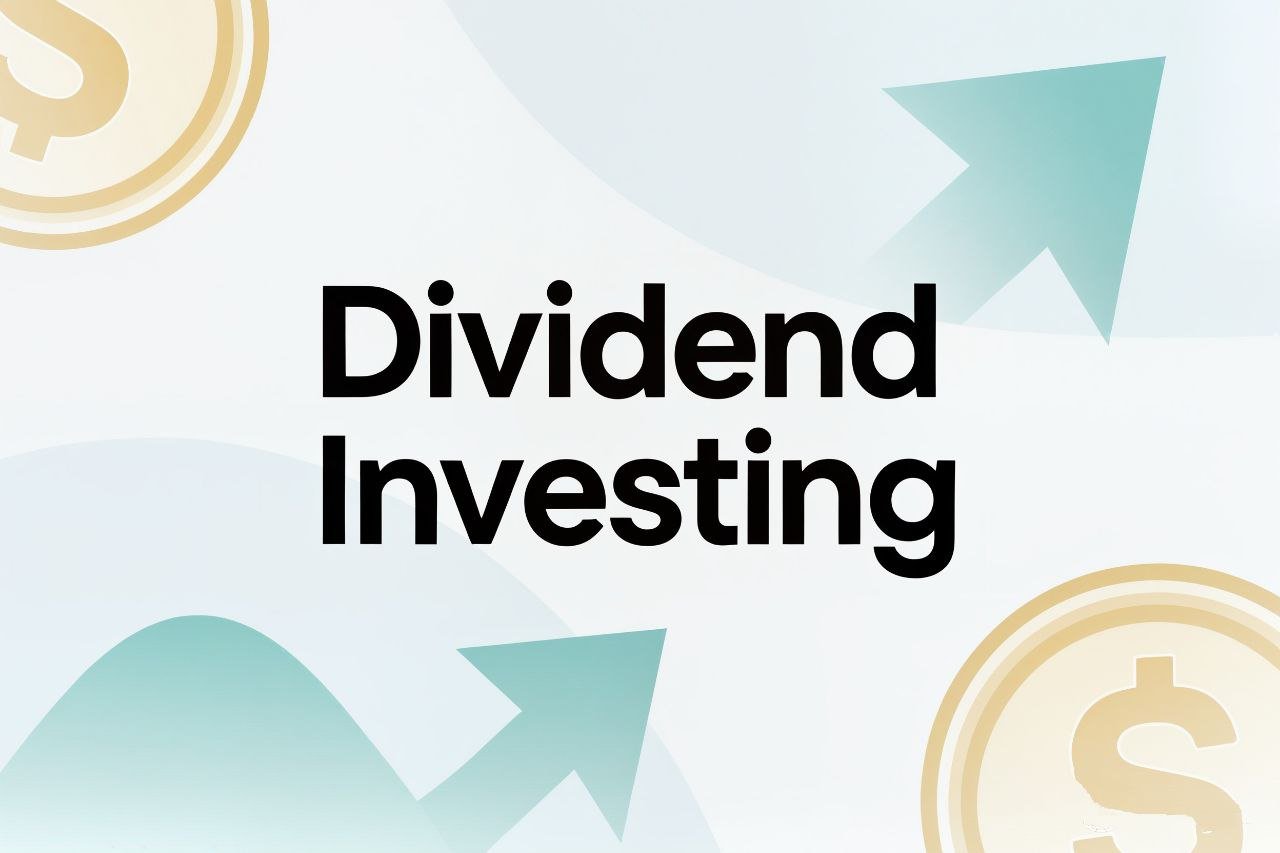Introduction
Dividend investing is one of the most popular strategies for building long-term wealth. Unlike growth investing, which focuses on capital appreciation, dividend investing allows you to receive a steady stream of cash payouts while still benefiting from stock price growth. For many investors, this approach offers the perfect balance of income, stability, and compounding power.
In this guide, we’ll explore what dividend investing is, how it works, its pros and cons, and practical tips to start your dividend journey.
What Is Dividend Investing?
Dividend investing involves buying shares of companies that regularly pay part of their profits back to shareholders in the form of dividends. These payments are typically made quarterly, though some companies pay monthly or annually.
Dividends come in two main forms:
- Cash dividends: Direct payments deposited into your account.
- Stock dividends: Additional shares given instead of cash.
The key appeal is that dividend-paying companies are usually well-established and financially sound, making them attractive for investors seeking both growth and income.
Why Dividends Matter
Dividends are more than just extra cash—they represent a company’s ability to share profits with shareholders. Historically, dividends have contributed significantly to total stock market returns. For example, if you invested in the S&P 500 decades ago and reinvested all dividends, your returns would be substantially higher compared to relying on stock price growth alone.
Key Metrics for Evaluating Dividend Stocks
1. Dividend Yield
This is the annual dividend per share divided by the stock price. For example, if a company pays $4 per share annually and its stock price is $100, the dividend yield is 4%. A higher yield may look attractive but can sometimes signal risk if it’s unsustainably high.
2. Dividend Growth
A company that consistently increases its dividends shows financial strength and shareholder commitment. Look for companies with at least 5–10 years of consecutive dividend growth.
3. Payout Ratio
This indicates the percentage of earnings paid out as dividends. For example, if a company earns $5 per share and pays $2 as dividends, the payout ratio is 40%.
- A ratio below 60% is generally healthy.
- A very high ratio (above 80%) may suggest the company is stretching too thin, leaving little room for reinvestment.
Diversifying Your Dividend Portfolio
One of the biggest mistakes beginners make is putting all their money into one or two dividend stocks. A strong dividend portfolio spreads investments across industries and sectors.
For example:
- Utilities → Known for stable dividends.
- Consumer Staples → Companies like Procter & Gamble and Coca-Cola are dividend favorites.
- Healthcare → Johnson & Johnson and Pfizer have long records of payouts.
- Financials → Banks and insurers often distribute regular dividends.
If picking individual stocks feels overwhelming, you can invest in Dividend ETFs or mutual funds. These funds hold dozens (or even hundreds) of dividend-paying companies, giving you instant diversification.
The Pros and Cons of Dividend Investing
✅ Pros
- Steady Income Stream → Dividends provide regular cash flow that can supplement your income or be reinvested.
- Stability → Dividend-paying companies tend to be mature, financially strong, and less volatile.
- Compounding Growth → Reinvesting dividends accelerates your portfolio growth over time.
❌ Cons
- Taxes → Dividend income may be taxable depending on your country and account type.
- Slower Growth → Companies that pay dividends often grow slower than high-growth stocks that reinvest profits.
- No Guarantees → Companies can cut or suspend dividends during tough economic times.
How to Start Dividend Investing
Step 1: Define Your Goals
Are you investing for retirement, passive income, or wealth growth? Knowing your objective helps shape your strategy.
Step 2: Research Quality Companies
Look for “dividend aristocrats”—companies with 25+ years of consecutive dividend growth. Examples include Coca-Cola, Johnson & Johnson, and McDonald’s.
Step 3: Check Financial Health
Examine metrics like payout ratio, free cash flow, and debt levels to ensure the dividend is sustainable.
Step 4: Start Small and Build Consistently
You don’t need thousands of dollars to begin. Even investing $50–$100 monthly in dividend stocks or ETFs can grow into significant wealth through compounding.
Step 5: Reinvest Dividends
Use Dividend Reinvestment Plans (DRIPs) or brokerage reinvestment options to automatically buy more shares.
Common Mistakes to Avoid
- Chasing High Yields: A 10% yield might look great, but it could mean the company is in trouble.
- Ignoring Diversification: Putting all your money in one sector increases risk.
- Investing Emergency Funds: Dividend stocks are long-term investments, not short-term savings.
- Emotional Investing: Don’t panic-sell when the market dips—dividend investing works best with patience.
Remember: patience and consistency are your greatest allies. Start small, stay disciplined, and let compounding do the heavy lifting.
